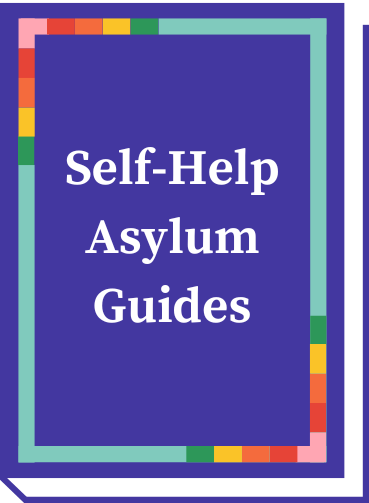Passing a Credible/Reasonable Fear Interview
The information contained herein is for reference only and may not be up to date. It does not constitute legal advice. You should always consult an attorney regarding your matter.
Last updated: June 3, 2020
Please note that there are several Presidential orders that alter the traditional credible fear process described below. For more information, click here to see our updates on this and other temporary changes to immigration law. A port of entry is the place where a person makes a formal request from an immigration agent to enter the United States. These include U.S. land border ports and international airports. If an individual attempting to enter the United States at a port of entry tells CBP or ICE that they fear returning to their country of origin CBP will place the individual in expedited removal proceedings and detain them. Expedited removal proceedings are a way in which CBP or ICE may deport a person from the United States quickly. They are generally instituted against individuals arriving at a port of entry who do not have a visa. Individuals who are apprehended within 100 miles of the border and within 14 days of entering without inspection are also subject to expedited removal. This includes the international borders on both the east and west coasts of the United States.
Generally, people subject to expedited removal are not allowed to see a judge. However, if someone expresses a fear of return to their country of origin, an asylum officer must conduct a interview to determine whether they have a credible fear of returning to their country of origin.
During the credible fear interview, an asylum officer will ask an applicant a series of questions about what fear they have. For the purposes of the interview, the asylum officer presumes that the information gathered is all true. Someone is deemed to have a credible fear when the asylum officer finds that there is a “significant possibility” of prevailing on a claim for asylum.
If an asylum seeker passes the credible fear interview, they will receive a Notice to Appear (NTA) in immigration court and will be placed in removal proceedings before a judge. If the asylum officer finds that a person does not have a credible fear or persecution, ICE may remove that person from the United States. Nevertheless, the asylum seeker may challenge the asylum officer’s finding before an immigration judge, who will then review the asylum officer’s finding. The IJ will review the case from scratch and the court will make a de novo determination. If the judge also makes a negative finding, ICE may remove the asylum seeker. While an asylum seeker may request that the asylum office re-interview or reconsideration the original finding, this is a request that is not often granted. However, if compelling new information exists about a case, a re-interview may be possible.
If someone is not eligible for asylum because they have been previously deported or because they have a severe criminal history, they will not be given a credible fear interview. However, if that person fears persecution or torture, they may ask for a “reasonable fear” interview to determine whether they may be eligible for withholding of removal or CAT.
While the questions and the process of the reasonable fear interview are similar to those of the credible fear, the applicant must demonstrate that there is more than a 50% chance that they will be subjected to persecution or torture. If they are successful in doing so, the individual will be scheduled for removal proceedings before a judge. At that time, the applicant may only apply for withholding of removal or CAT relief.
As with credible fear interviews, If the asylum officer makes a negative finding, the individual may request that a judge review the determination and/or ask for a re-interview or reconsideration by USCIS.
The information contained herein is for reference only and may not be up to date. It does not constitute legal advice. You should always consult an attorney regarding your matter.
